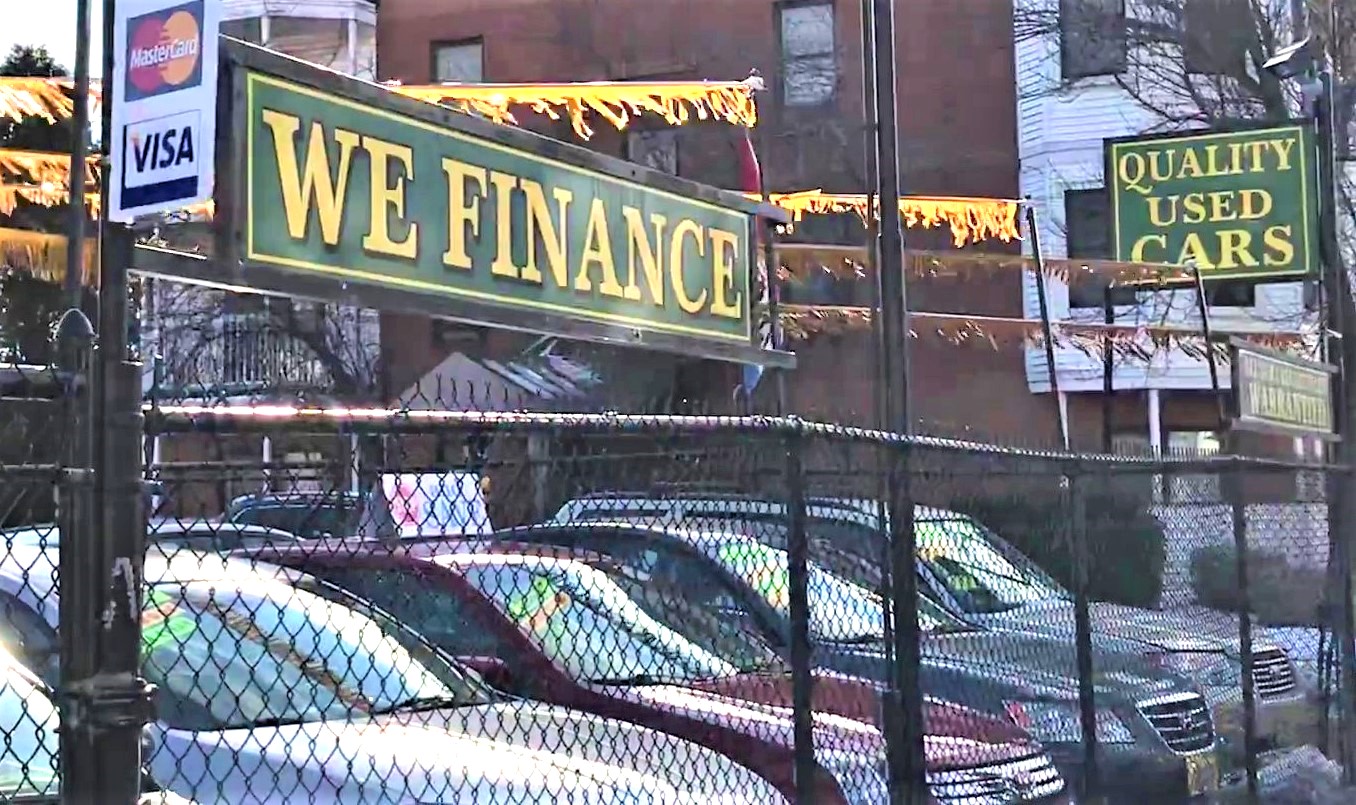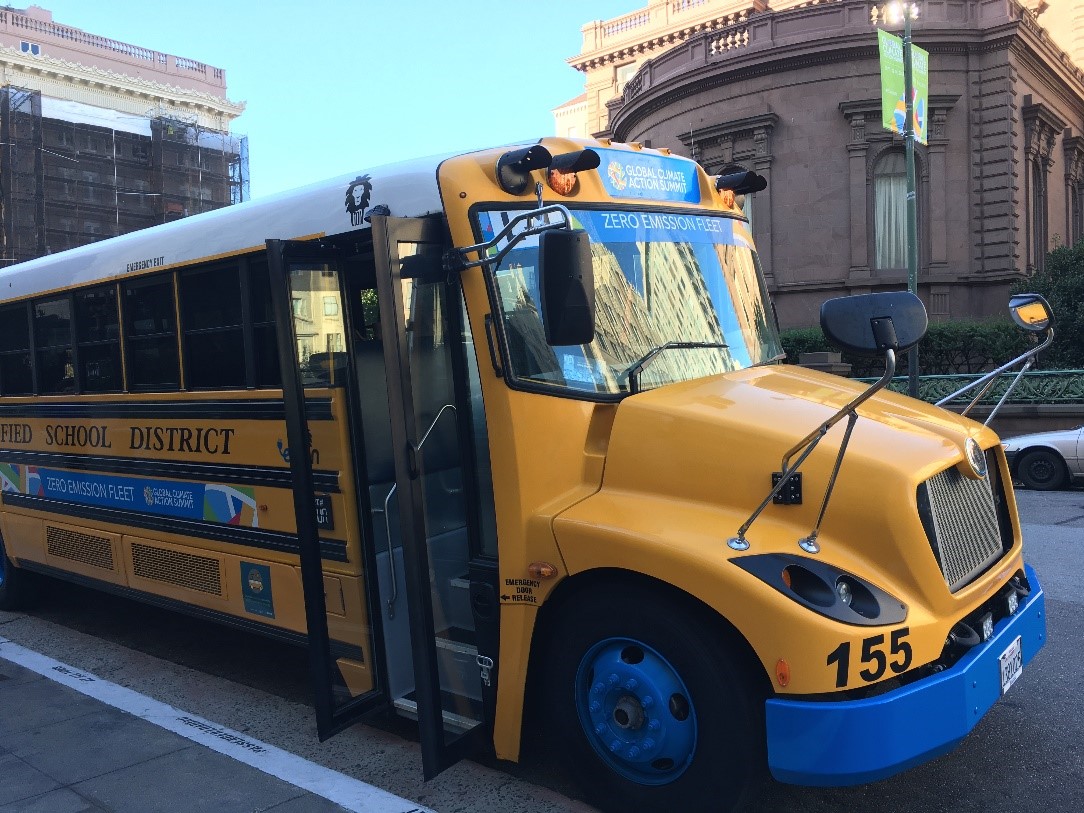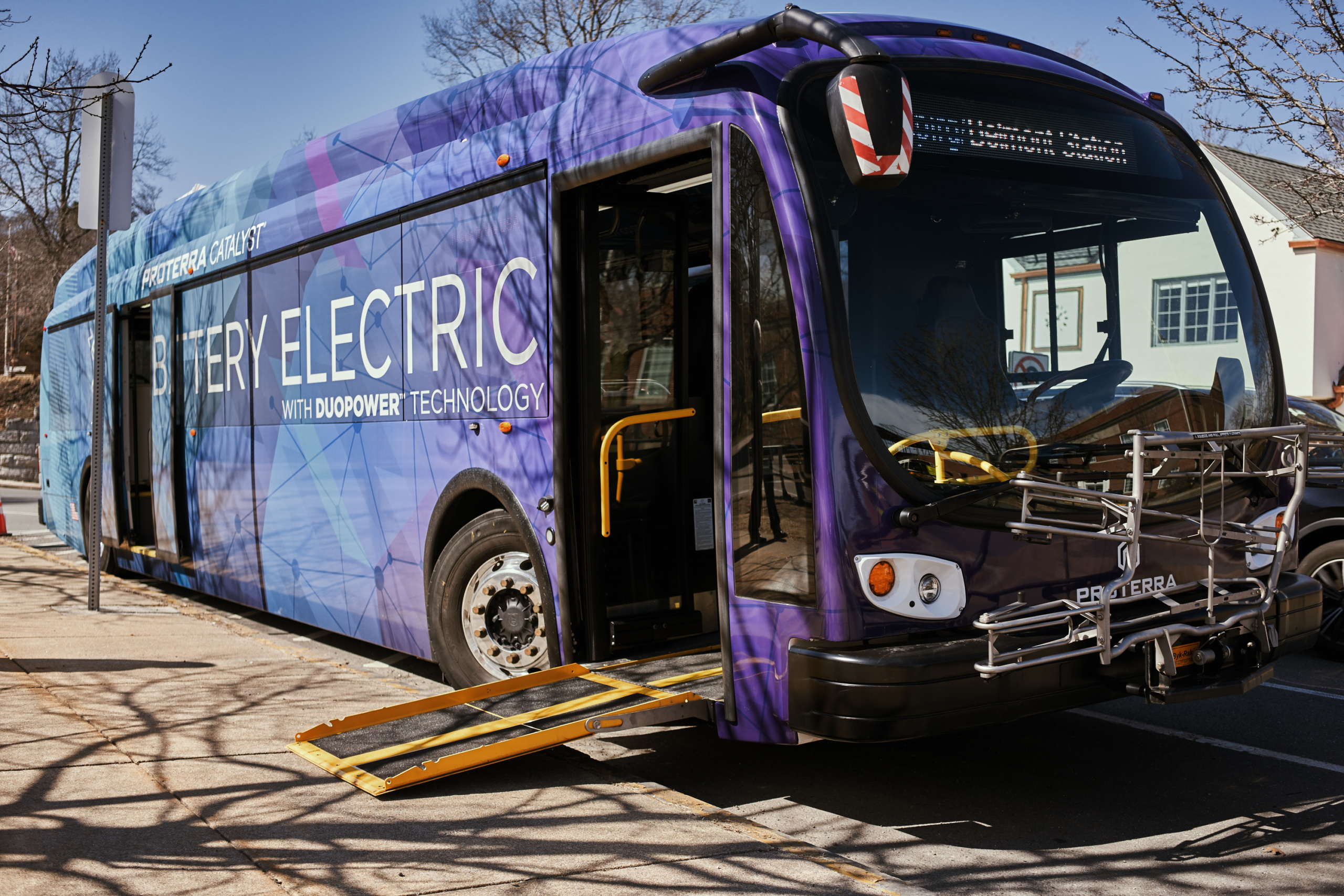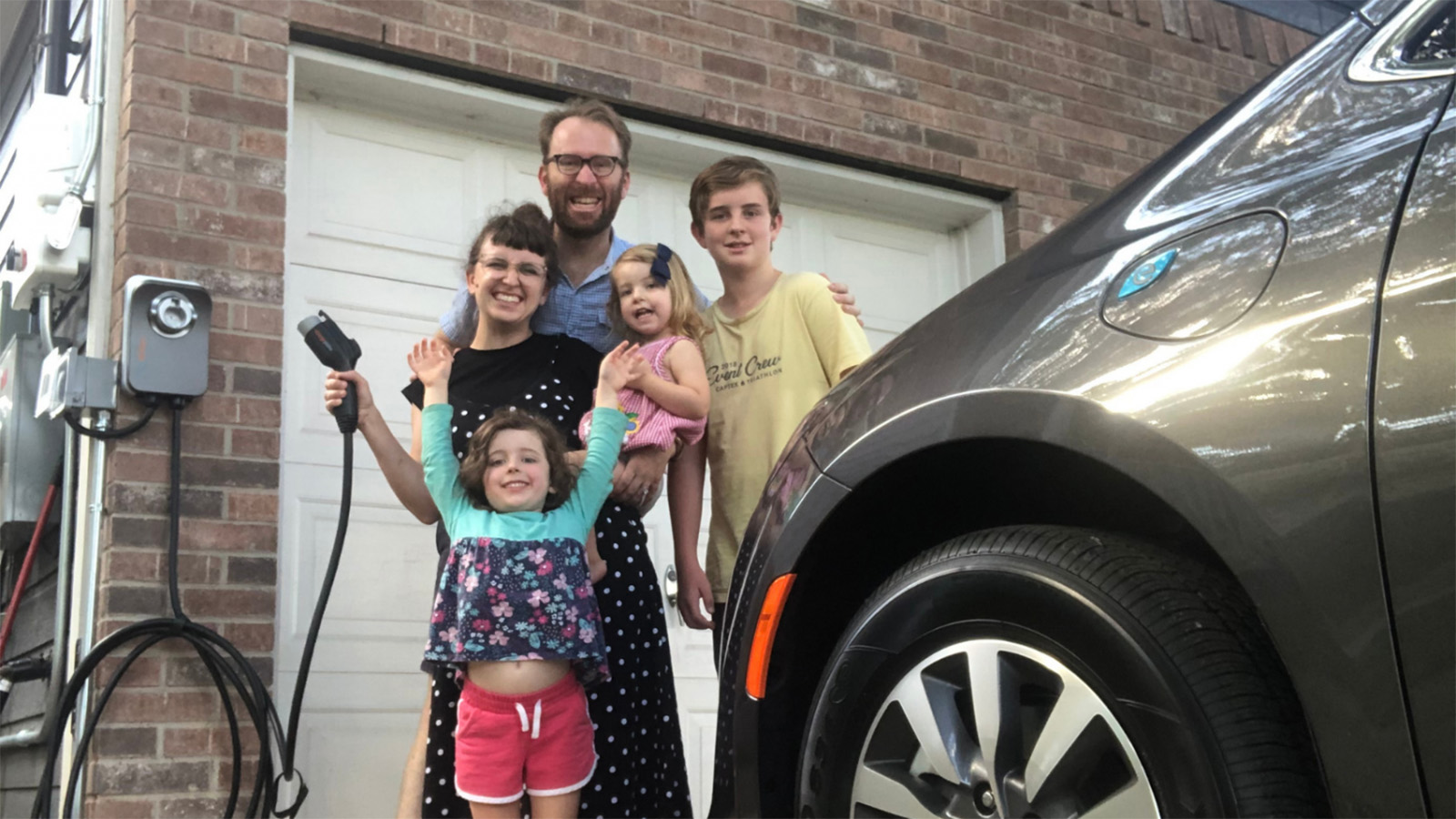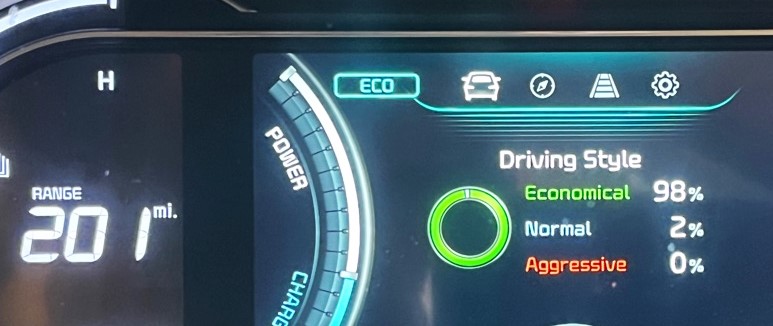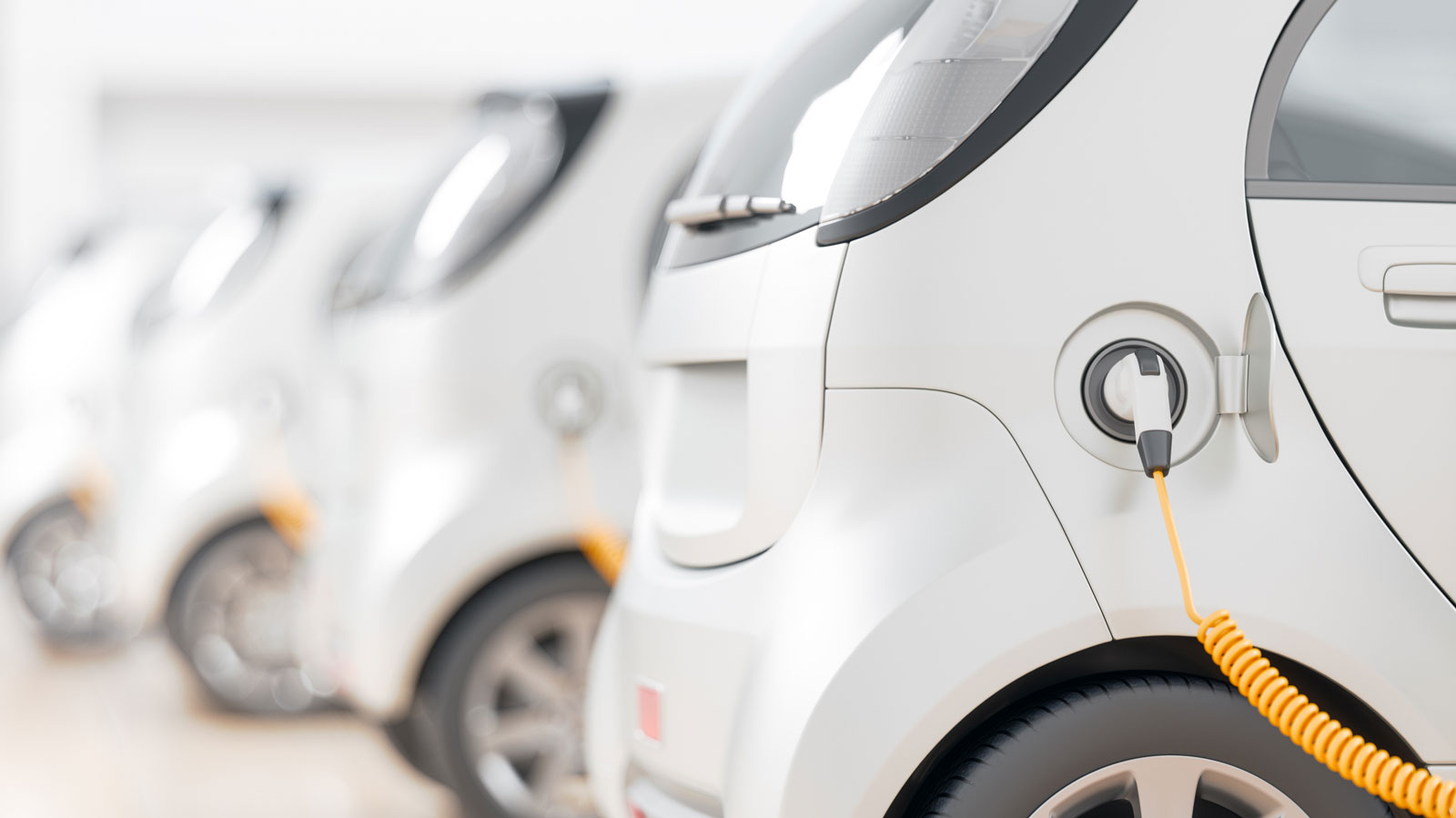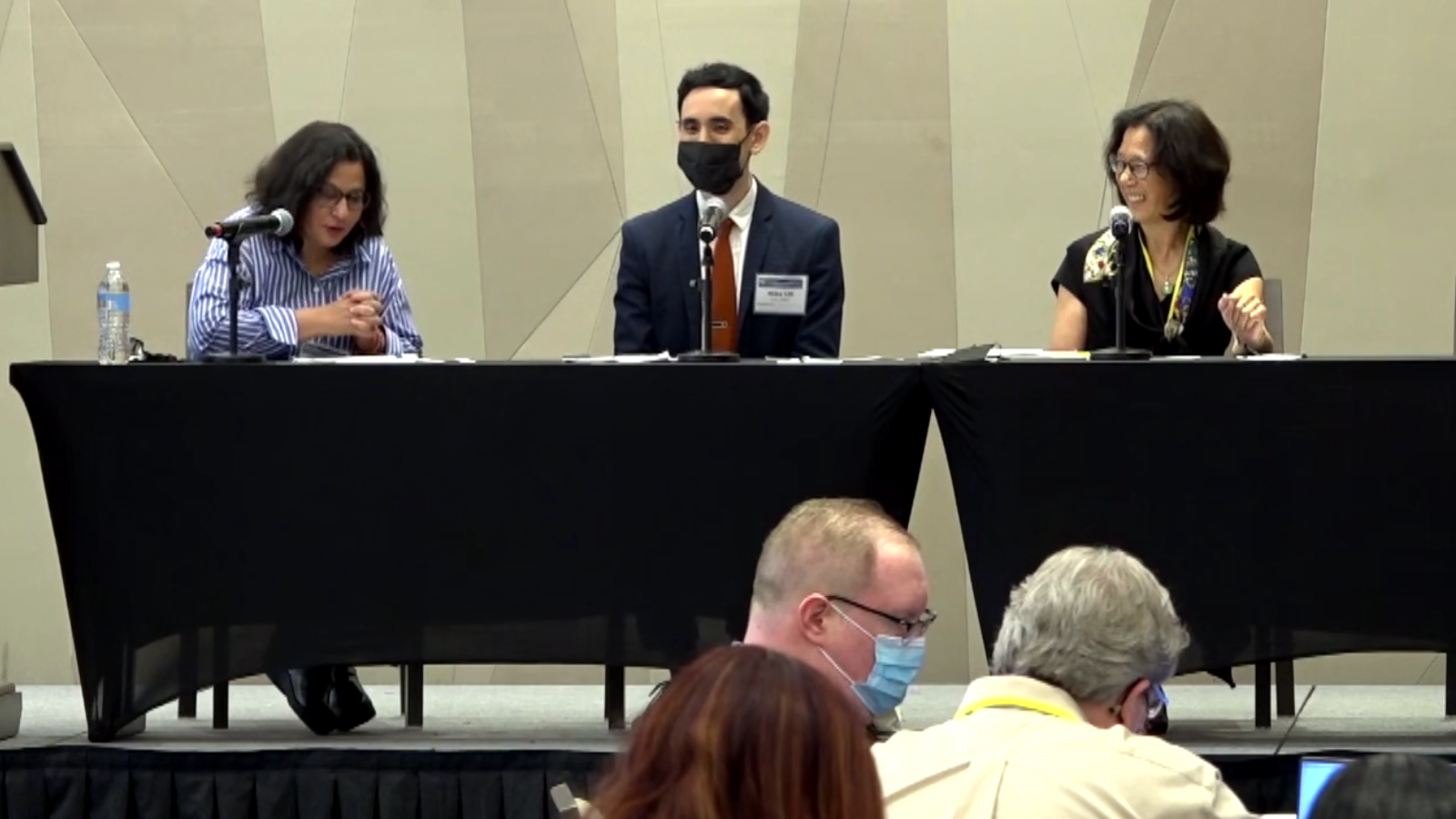We have all the tools to build an electric vehicle future — we just have to use them.
Whether you own an electric car, or you’re figuring out if an EV is right for you, or you just think electric cars are cool — we can all get excited about the benefits of putting more EVs on the road. Cleaner cars mean cleaner air, healthier communities and a safer climate.
And why wait, when electric vehicles are ready to roll across the country, and we’re closer than ever to a future where our kids ride electric buses to school, our mail and packages arrive on electric trucks, and most new cars sold get plugged in at night? Together, we can accelerate the transition to an electric vehicle future.
